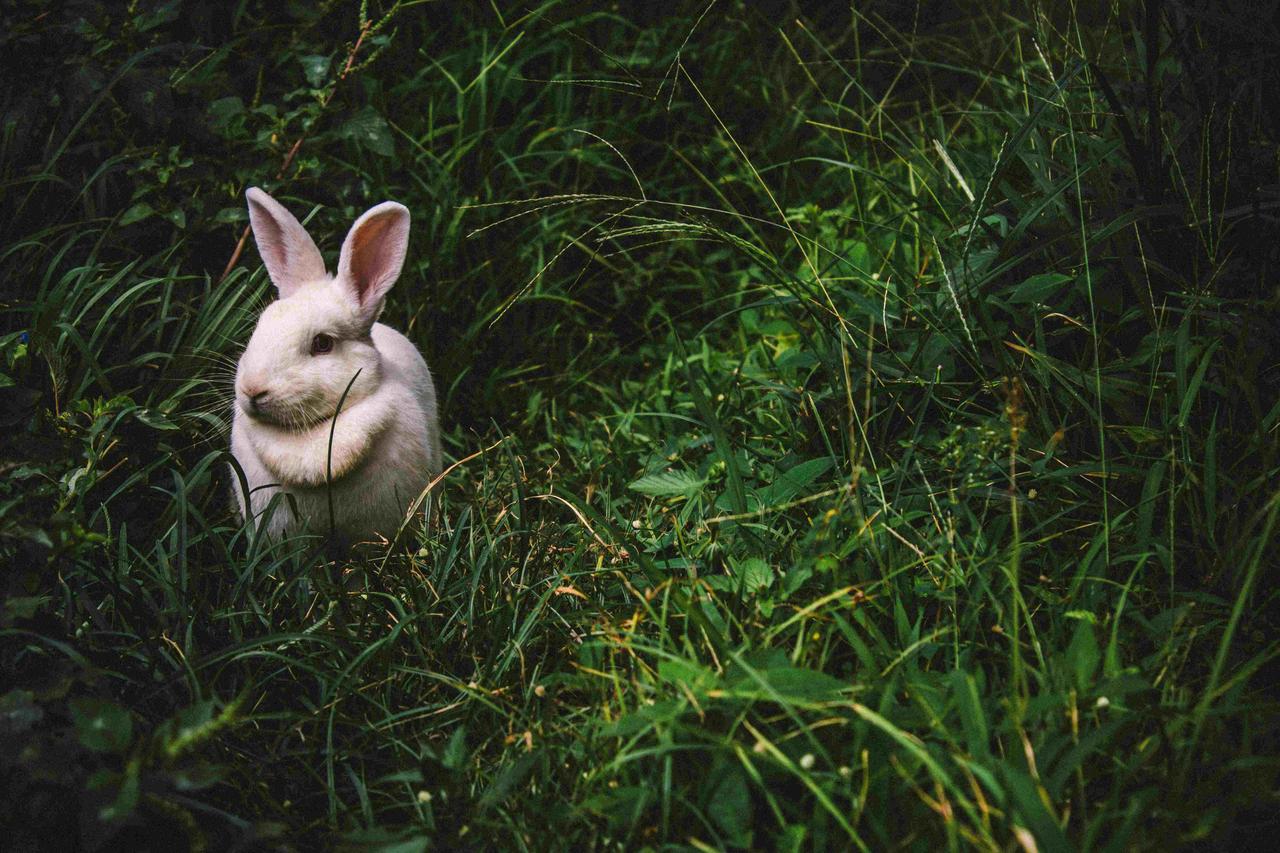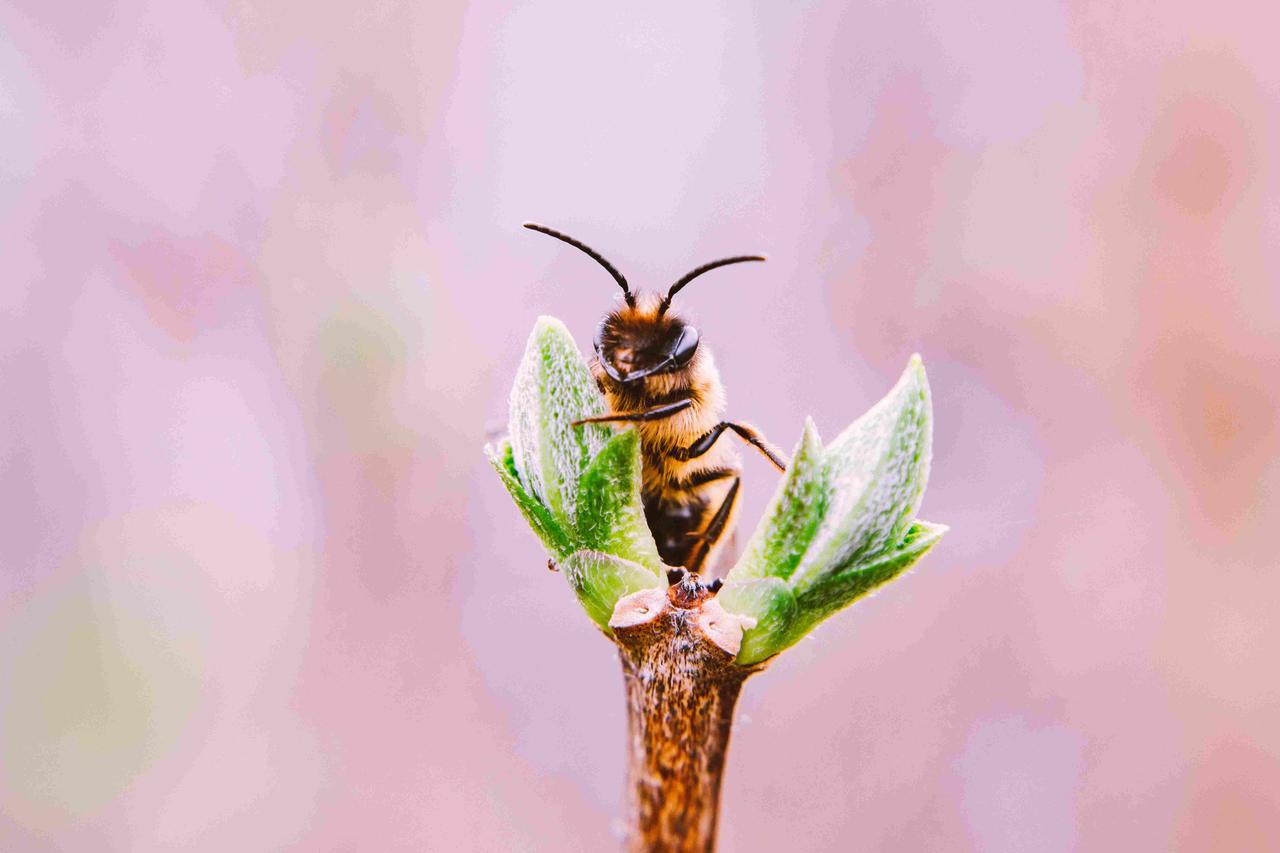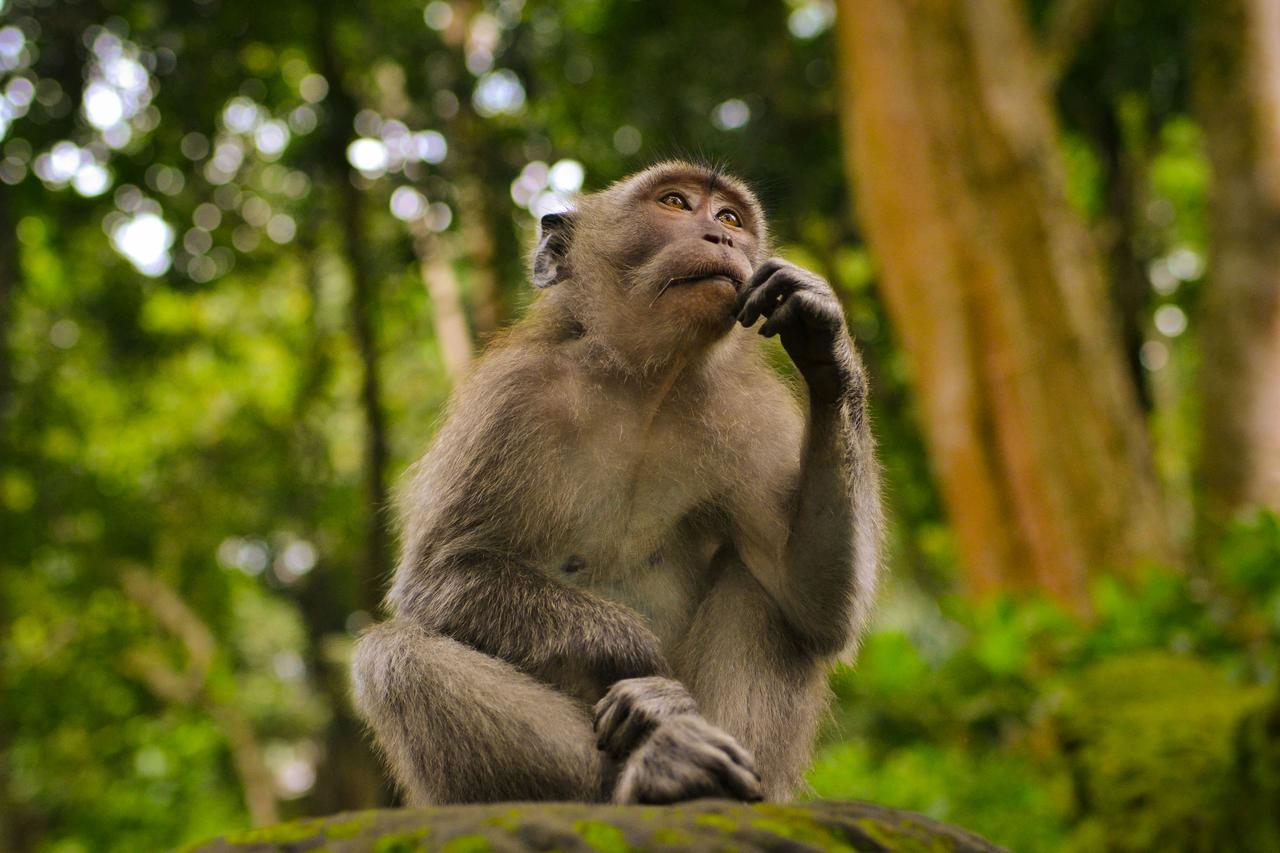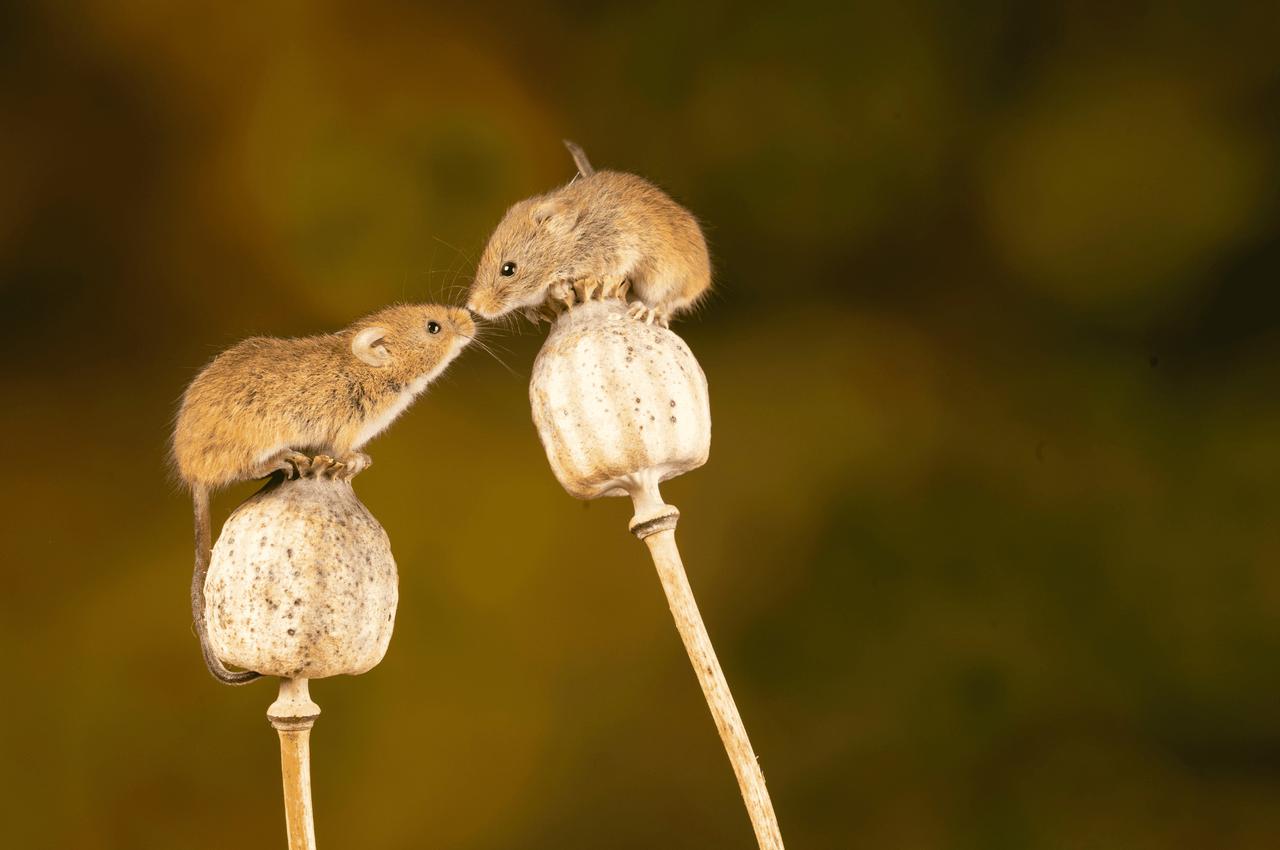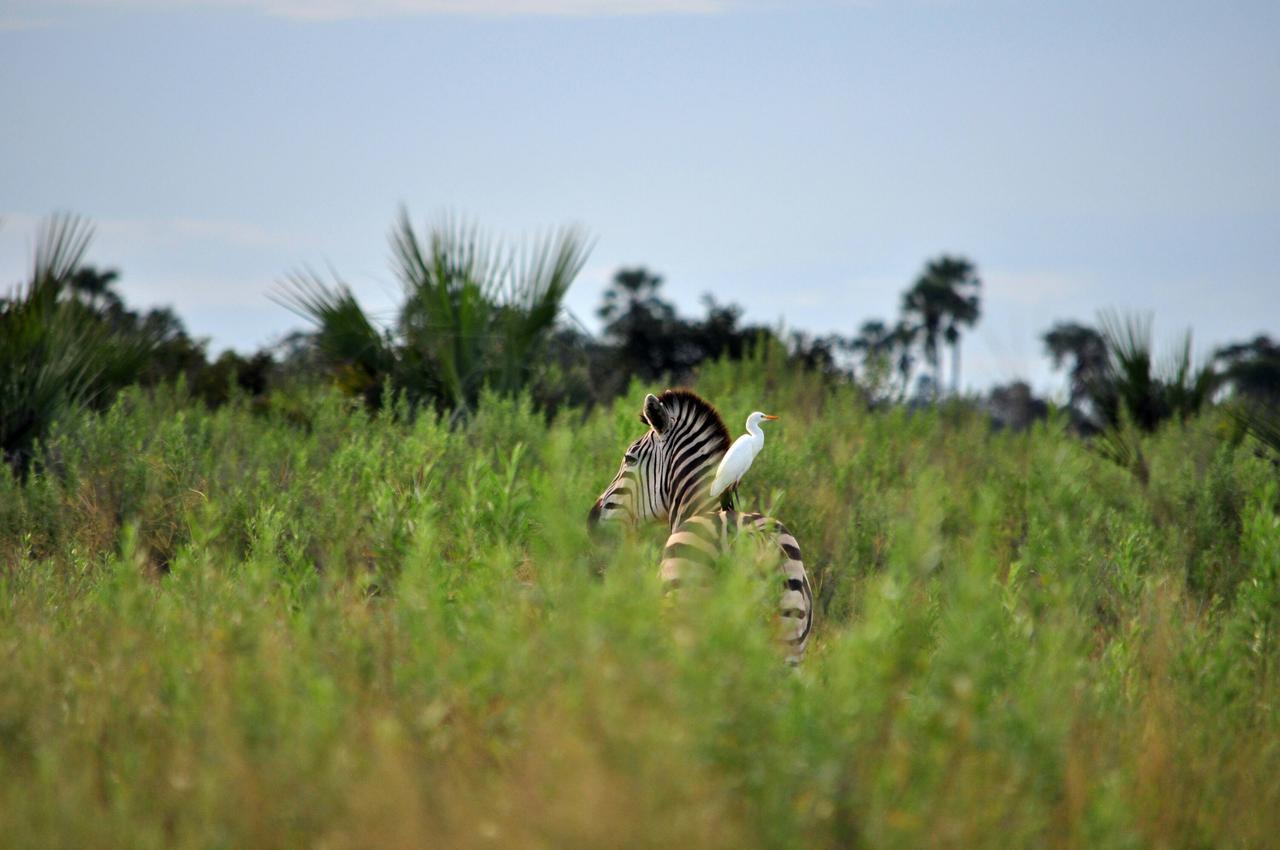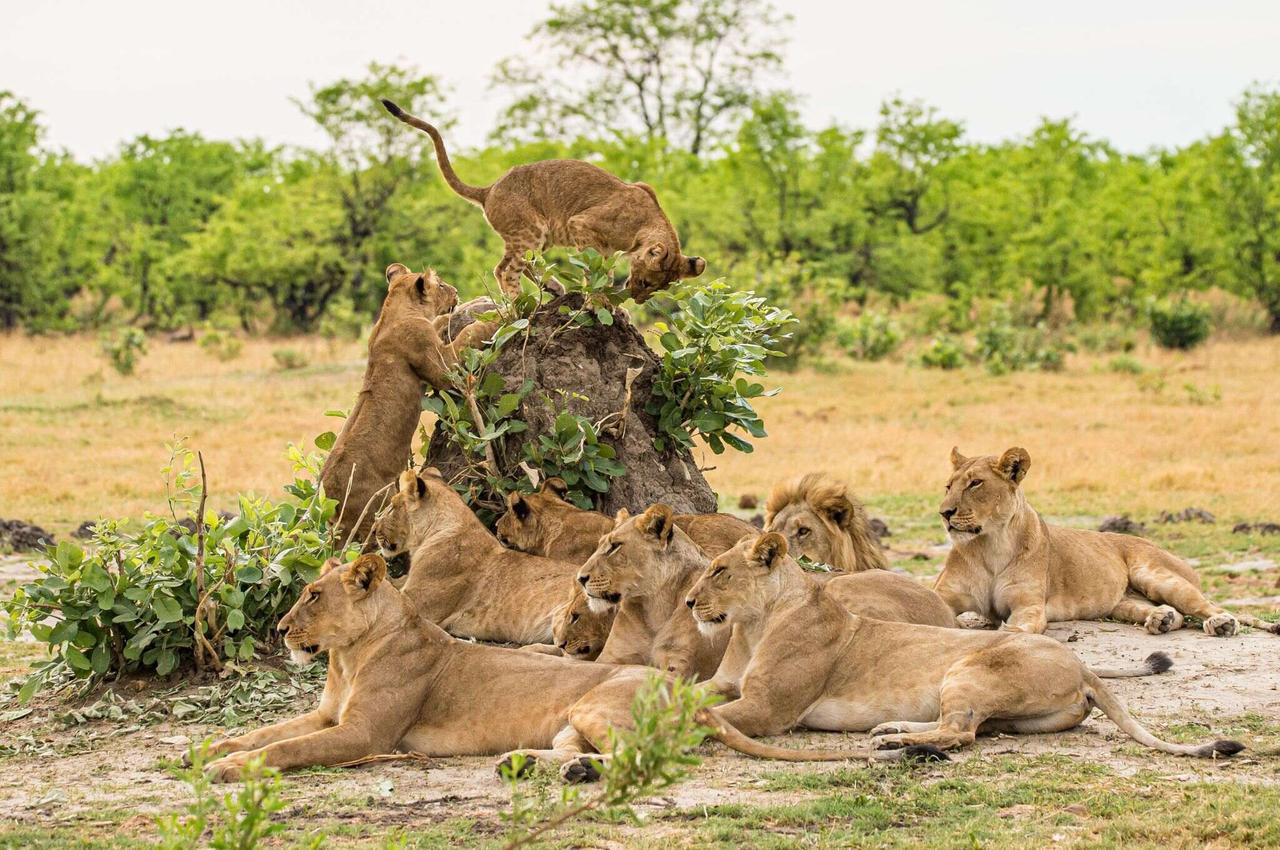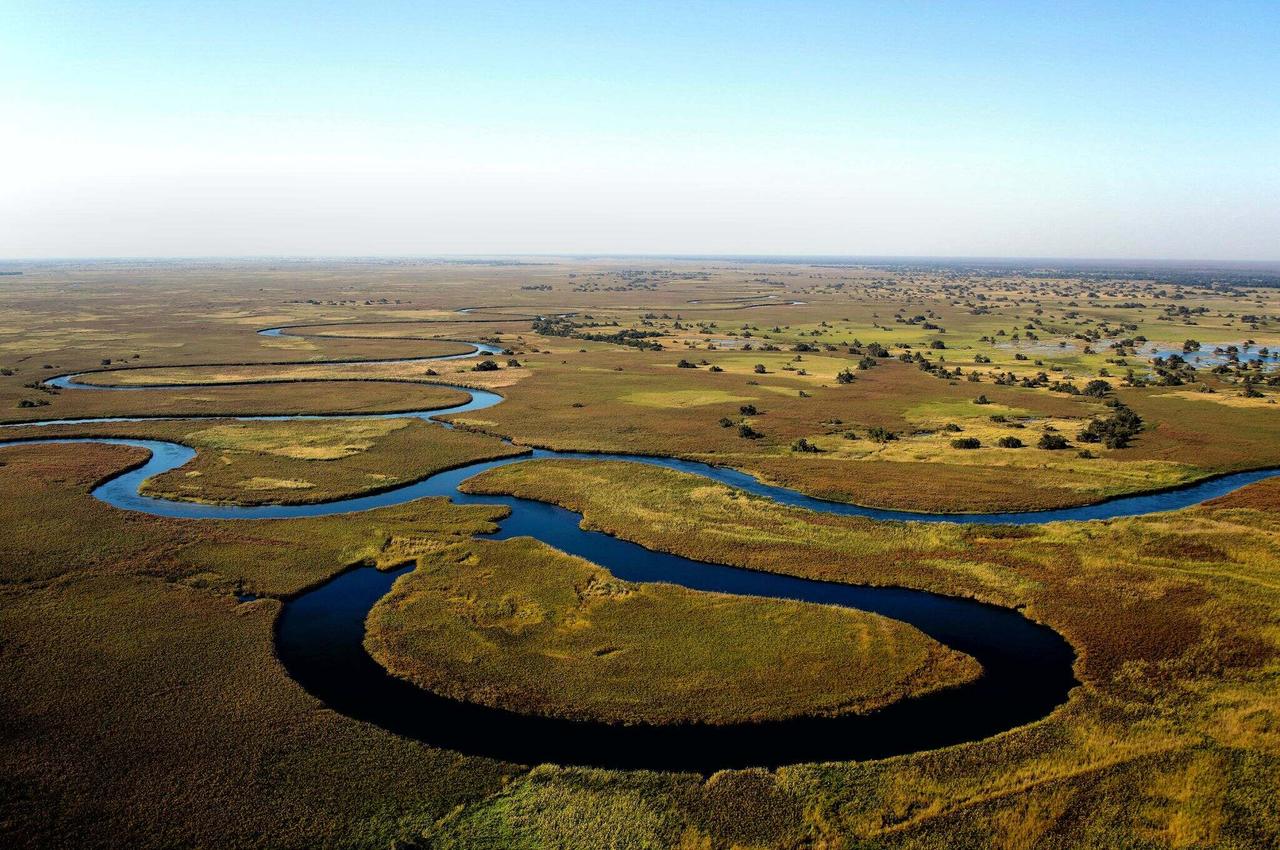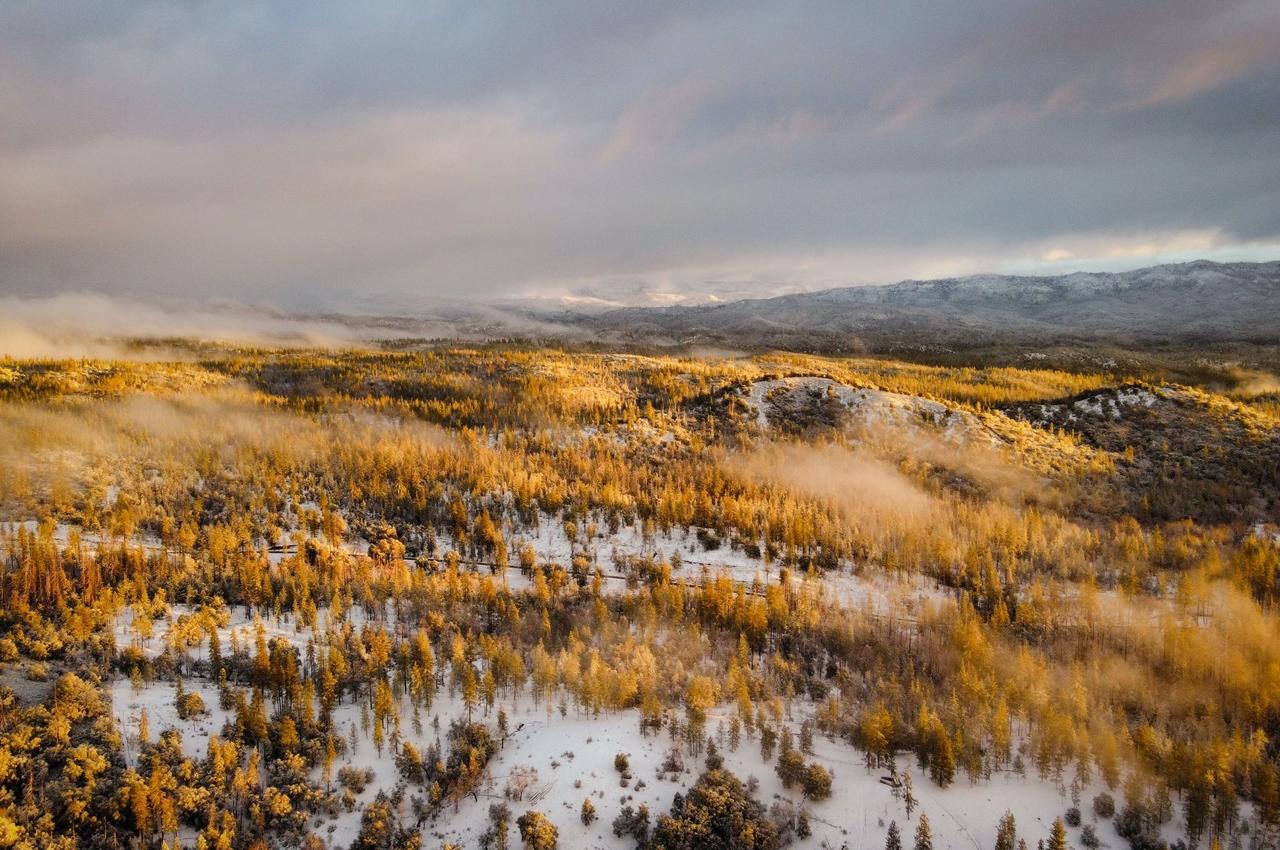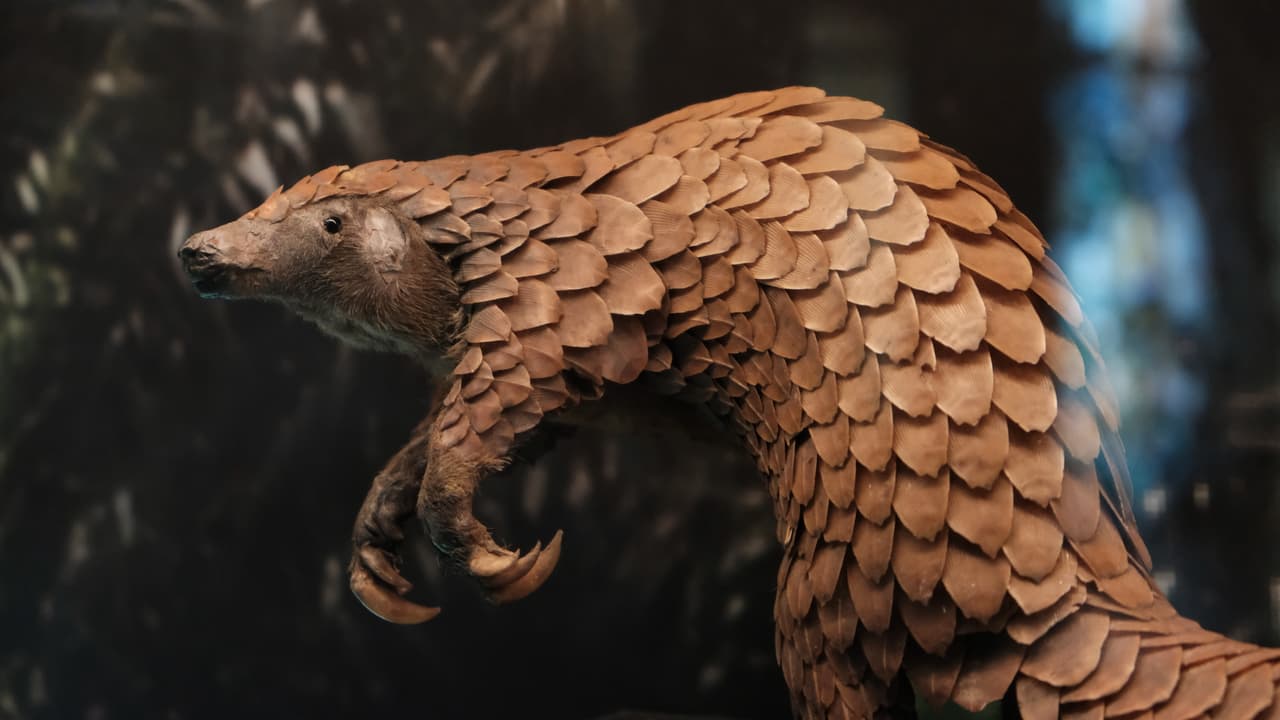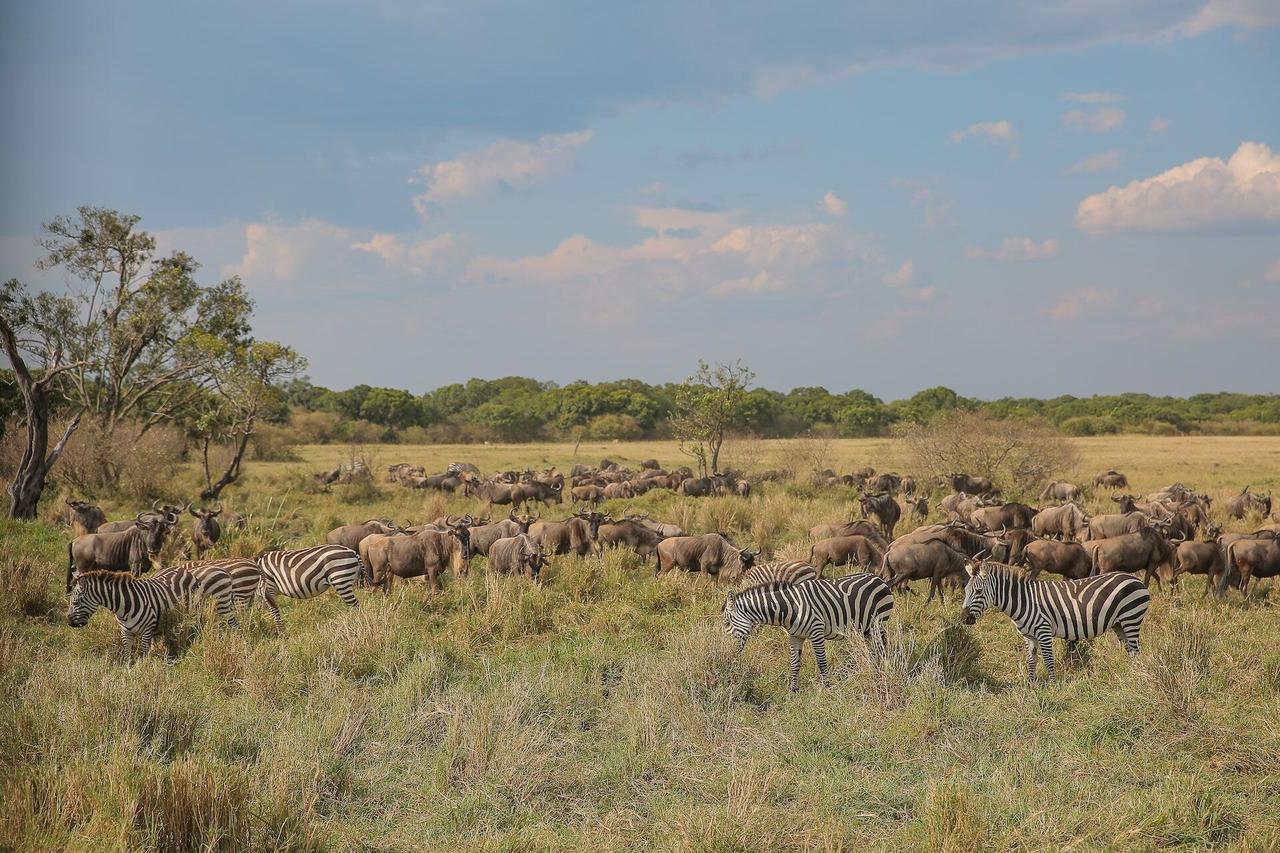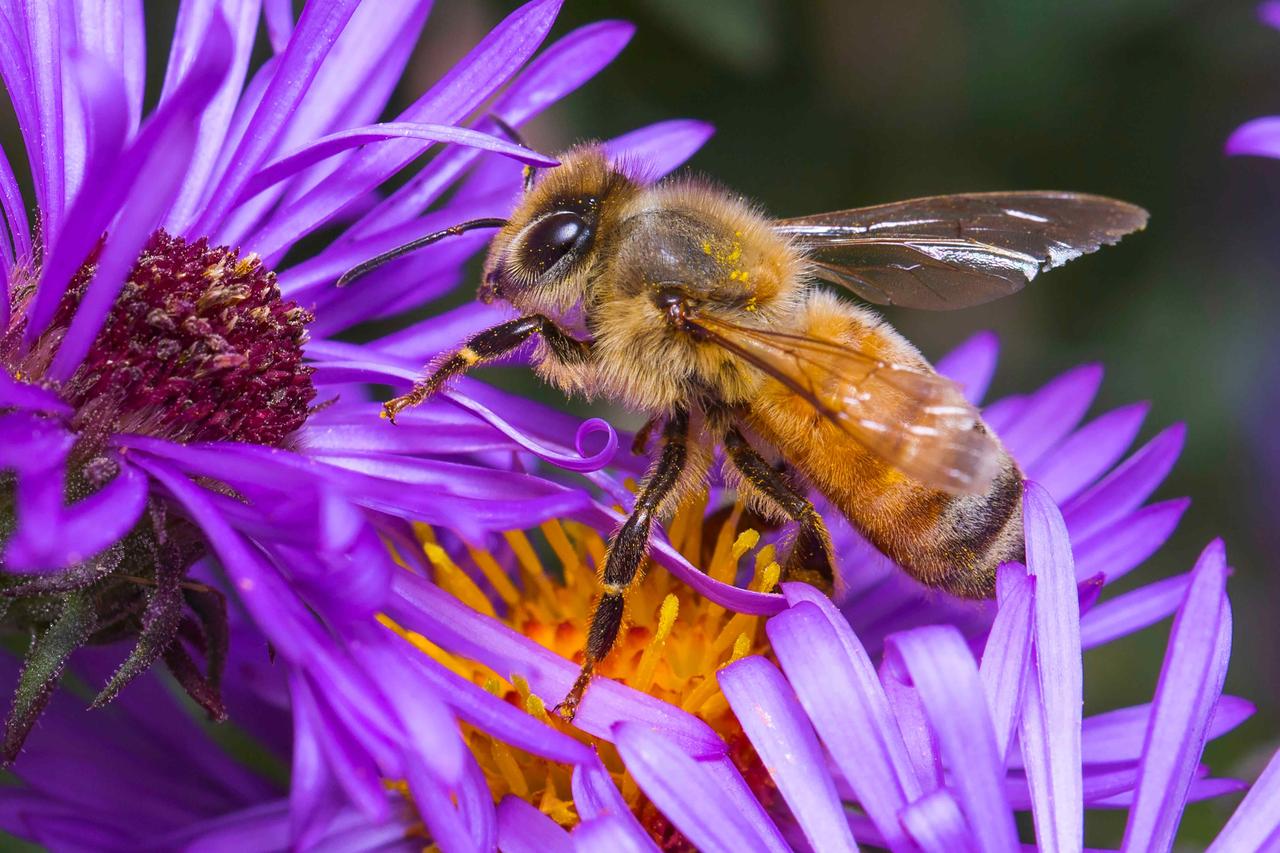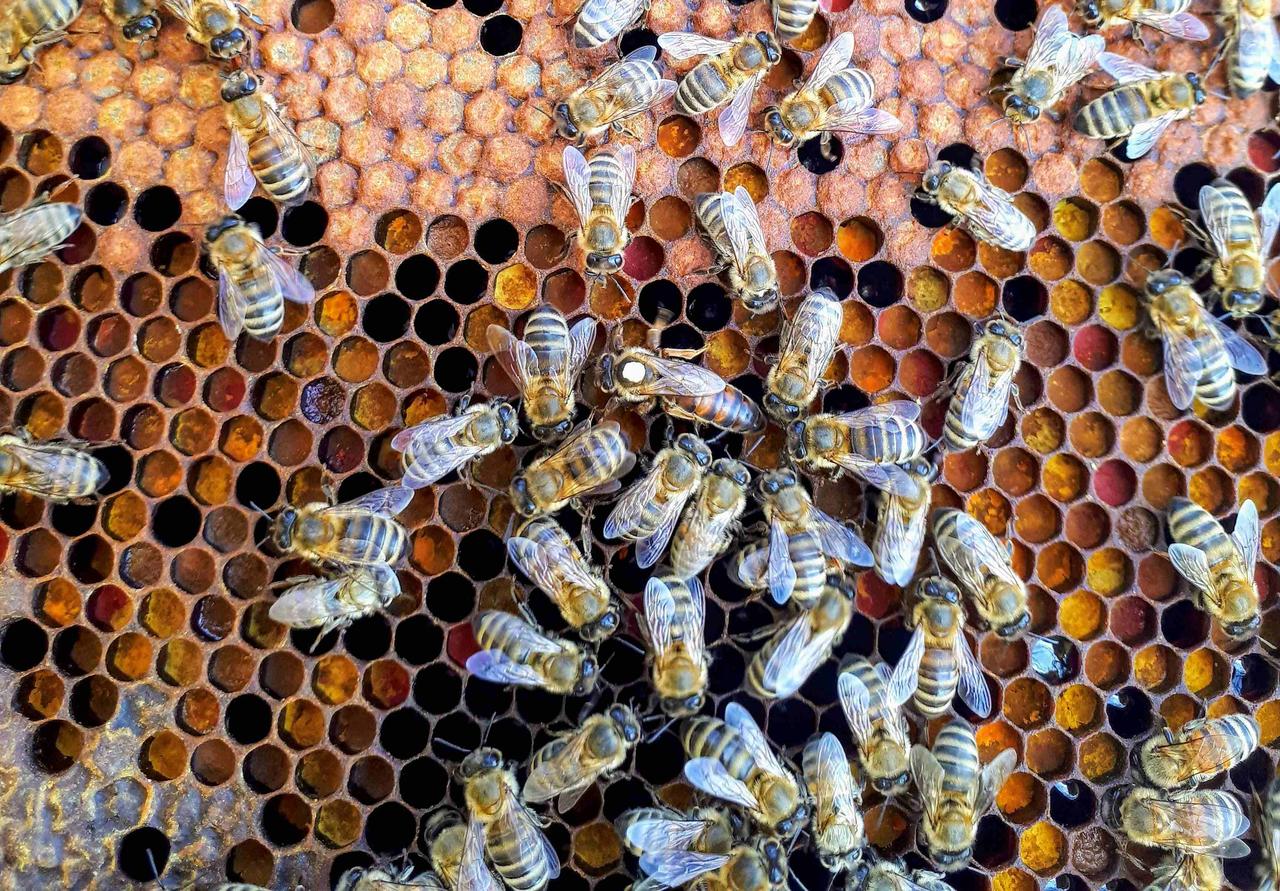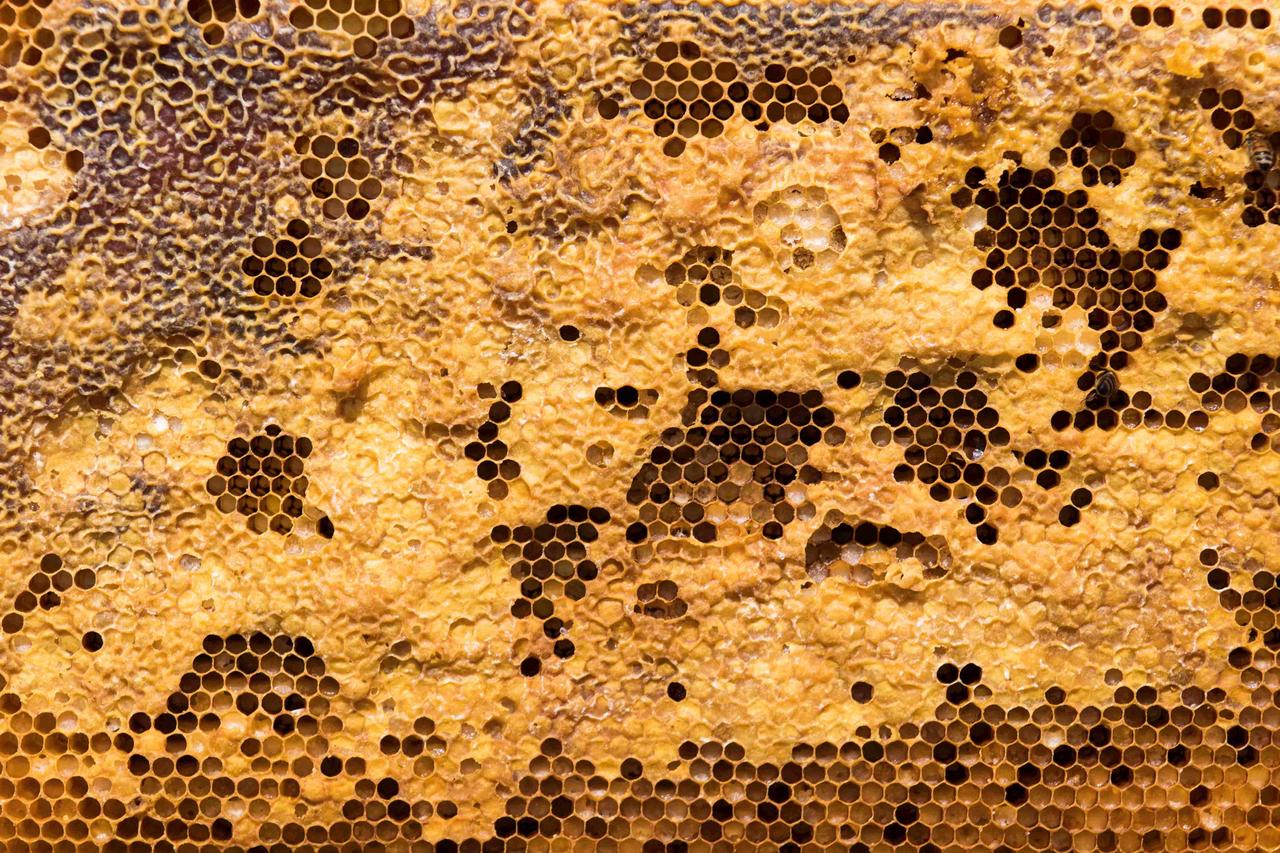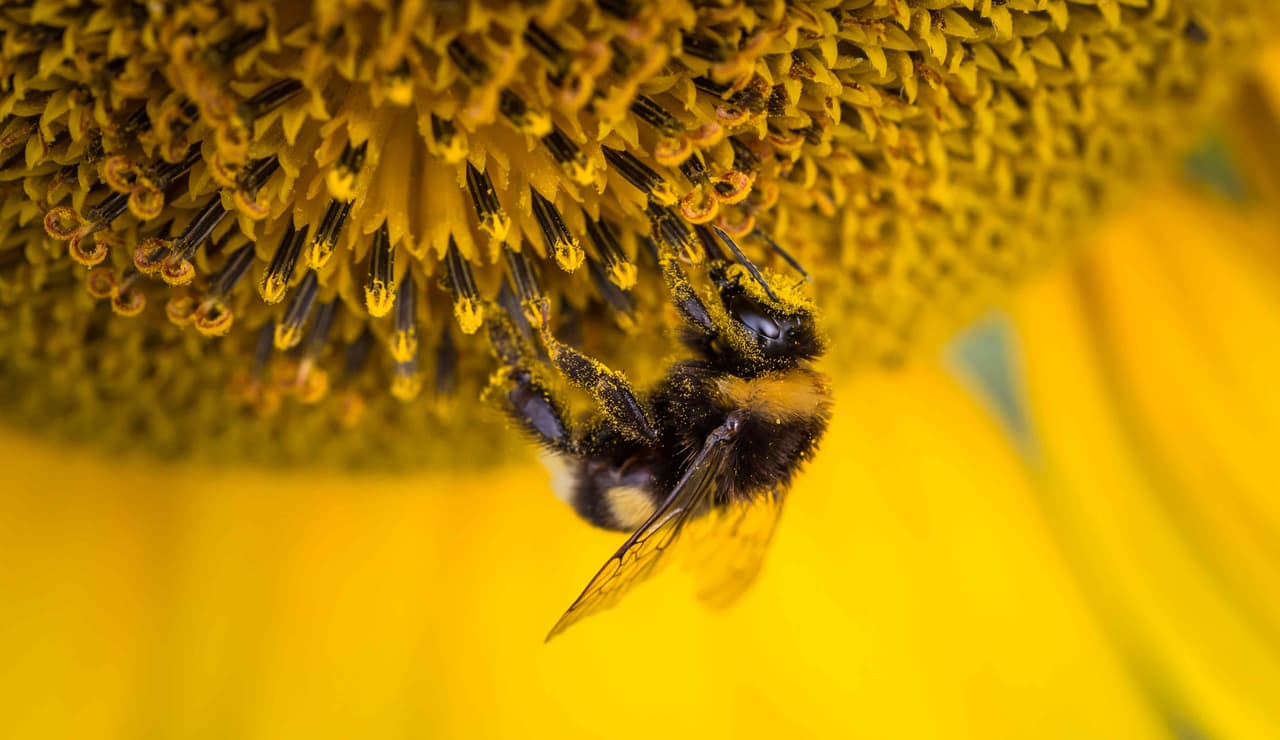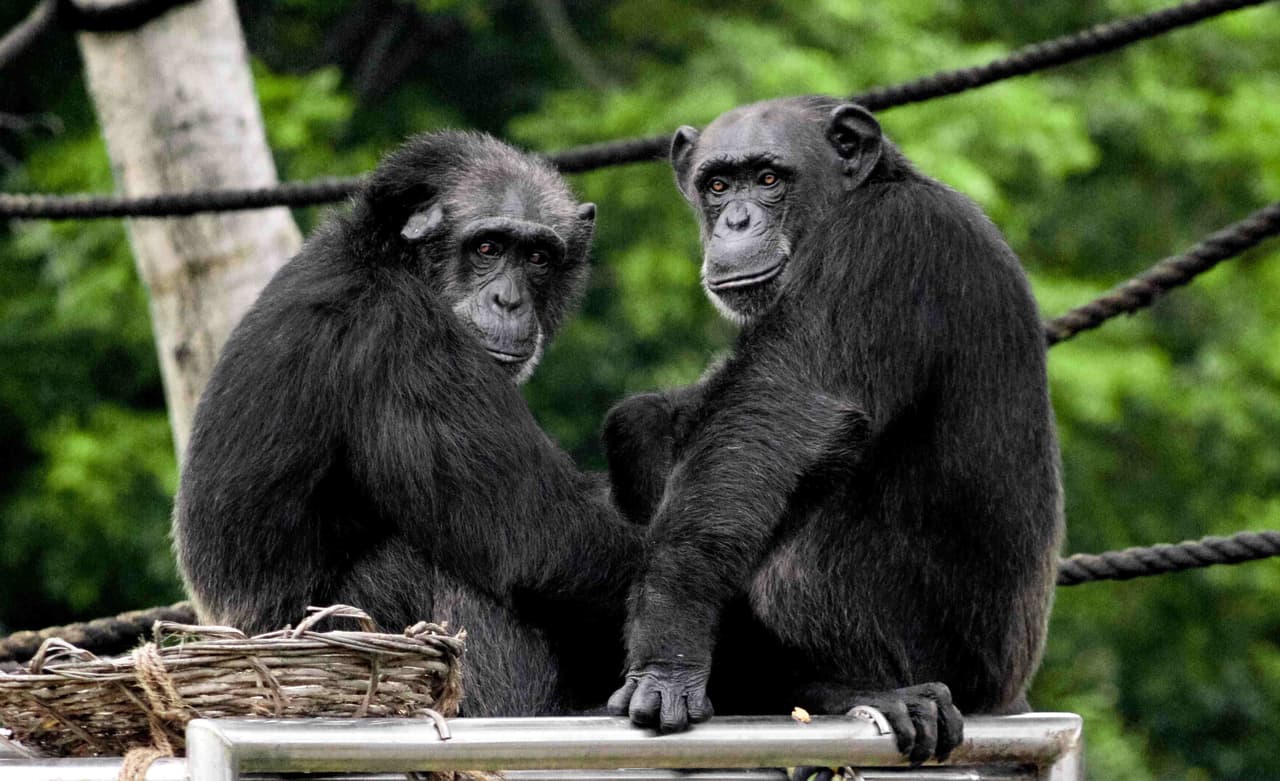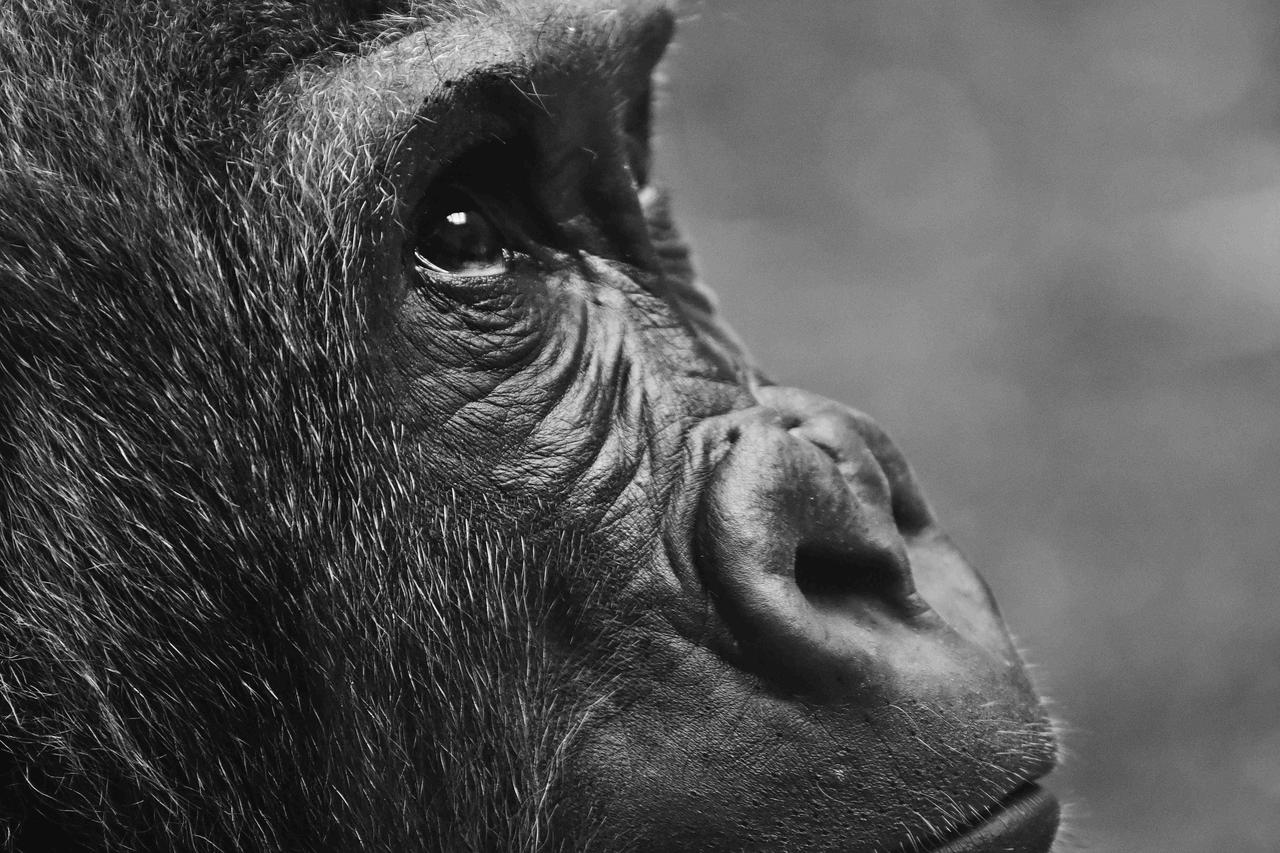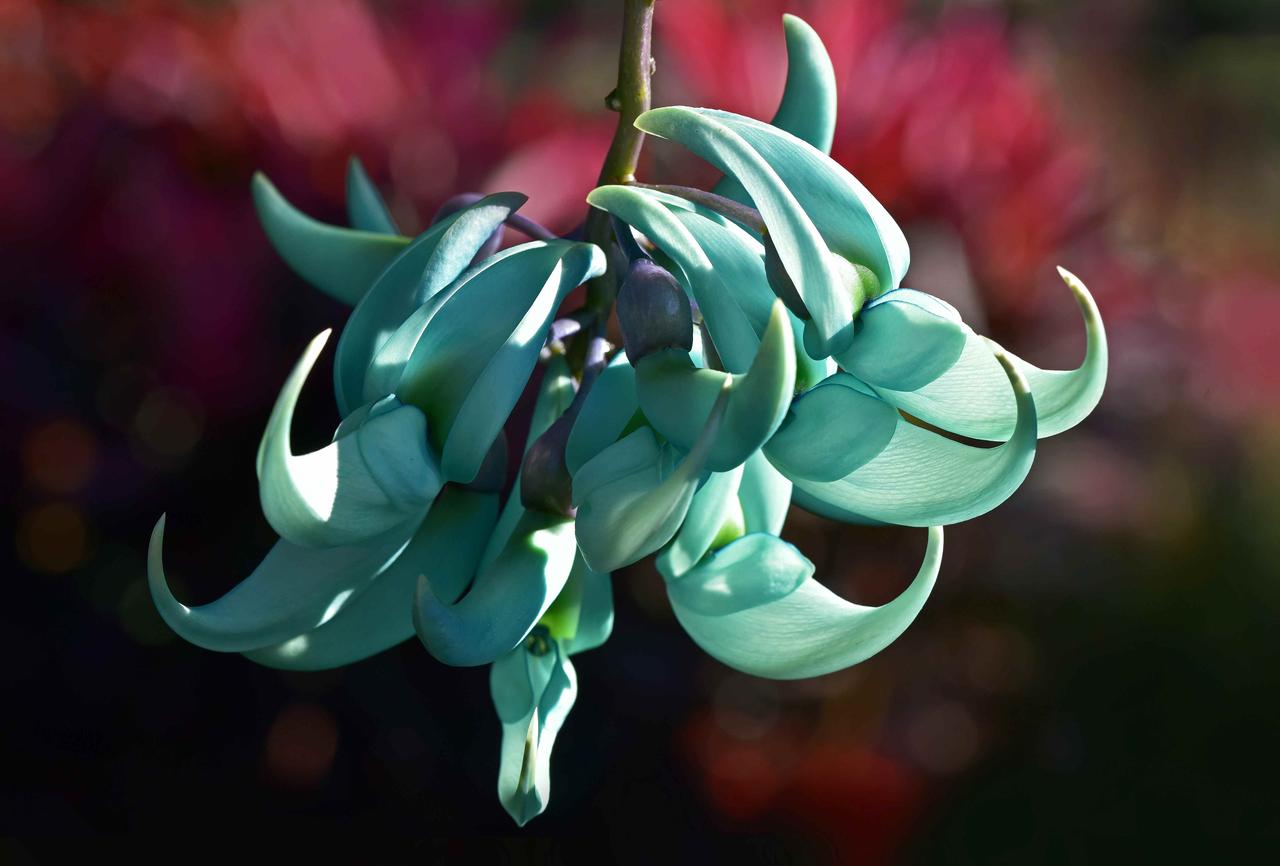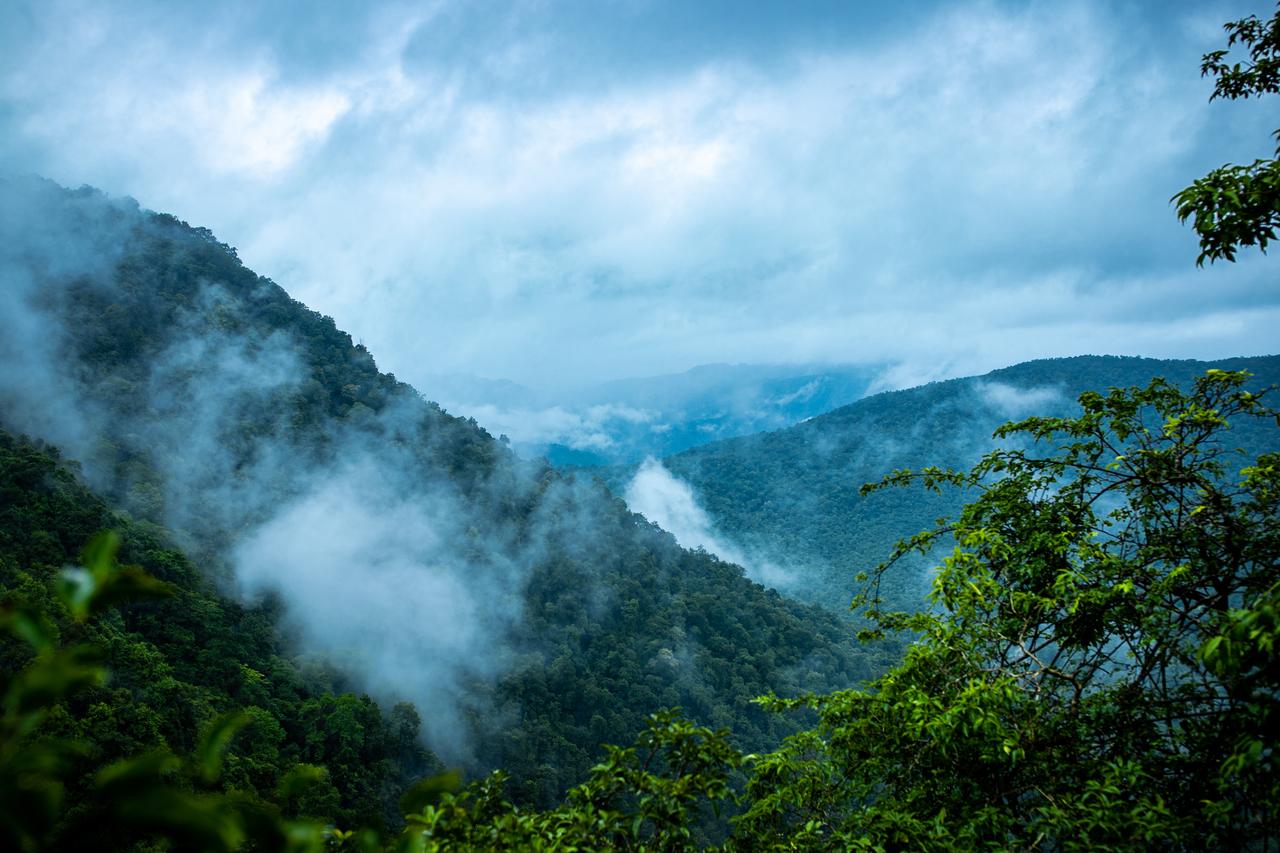
This NATIONAL THREATENED SPECIES DAY, we are shedding light on the incredible, albeit at risk, species that call the world’s forests home.
Despite covering only 30% of the Earth, forests are vital sources of biodiversity, containing 80% of the planet’s terrestrial species. But the world’s trees are experiencing deforestation at an alarming rate. Since 1990, nearly 1 billion acres of forest were cut down for farming, livestock, mining and drilling purposes. Today, 2,400 trees are cut down each minute — a rate of about 30 soccer fields — further contributing to global warming, the emergence of zoonotic disease, and the endangerment of plant and animal species.
One of the most critically endangered forest-dwelling animals is the Sumatran rhino — a two-horned rhinoceros living in the forests of Sumatra and Borneo.
Sumatran rhinos are the smallest of the living rhinos and the closest known relative to the woolly rhino. Unlike their cousins, Sumatran rhinos are covered in body hair that keeps their skin cool and protected from disease. Their horns are used to retrieve food — which includes leaves, twigs, and fruit — and they play a key role in seed dispersal, impacting the composition of the forests surrounding them.
Today, fewer than 80 Sumatran rhinos remain, making it the most threatened rhino species in the world. While conservation efforts have been enacted to protect this species, more help is needed.
Don’t wait for NATIONAL THREATENED SPECIES DAY — donate now to protect all of the remarkable species who make up our planet’s BIODIVERSITY.












